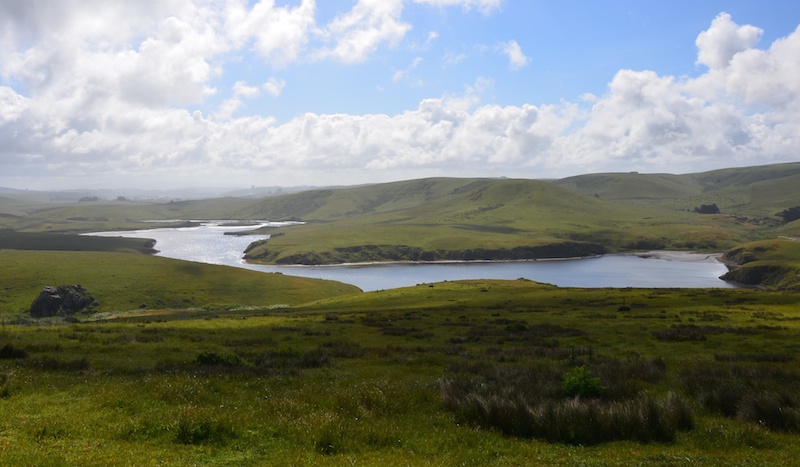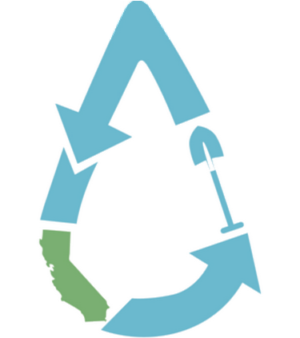
2014 – 2018
In 2014, the OAEC WATER Institute, Sierra Watershed Progressive, representatives from regulatory agencies such as Sonoma County PRMD, and others, came together to launch a policy initiative designed to localize California’s waters – the Decentralized Water Policy Council. The Council brought together allies working to increase water efficiency and reuse in commercial and residential settings throughout California.
OAEC’s Miriam Volat facilitated the Council — a group of 45 regulators, engineers, policy analysts, activists, and researchers — towards the development of frameworks, ordinances, and policy changes to encourage regional water management decisions throughout the state. Council members formed working groups to explore the reuse potential for rain and stormwater, ground and surface water, greywater, and blackwater.

In 2017, the Decentralized Water Policy Council transitioned to the California Onsite Water Association (COWA). COWA supports a collaboration of multiple stakeholder water activists, engineers, regulators, and practitioners committed to removing barriers to reusing and conserving water onsite in all our land use activities. This coalition convenes the annual Localizing California Waters Conference and creates effective integrated water management strategies through decentralized water projects and working committees that accomplish policy goals.
Legalizing and removing barriers to protect water is one of OAEC’s strategies for change.
Why California Is Localizing Its Waters
The Connection Between Energy and Water
Water conservation and reuse aren’t just about water quantity, but about dramatically reducing the energy requirement of our water systems. Did you know that nearly 20% of California’s electricity and more than 30% of non-power plant natural gas is used for water-related purposes: for collection, production, transport, treatment, and delivery of water to end users; during the consumption and use of water; and for collection, treatment, and disposal of wastewater?
Localizing California’s water means minimizing its transport around the state. Water planners, inspired by the local food movement’s concept of “food miles,” are reinforcing the importance of reducing our “water miles.” The shorter the distance water is pumped, the less energy is expended. Ecologically appropriate management of water, from both a quantity and energy standpoint, requires “thinking like a watershed” — designing water systems at the regional, community scale.
Thinking Like a Watershed
With climate change preparedness in mind, OAEC is working towards a systems-based solution to California’s water crisis: updating state, regional, and municipal policies to promote modern onsite water reuse technologies. Using the water available in a region as many times as possible would significantly reduce the greenhouse gases emitted by California’s water-energy nexus. Furthermore, recharging our groundwater through systems that encourage us to “slow it, spread it, sink it” (Brock Dolman, OAEC WATER Institute) would lower the demand for “new water.”

Some of the recommendations addressed by the Decentralized Water Policy Council in its Action Plan include:
- How do we develop groundwater recharge plans that are watershed-based?
- How can we localize wastewater treatment?
- What are the best ways to ensure public health and safety while we flush our toilets with rainwater, stop using energy to transport our greywater and stormwater, and use every drop of water at least four times?
- How can a community utilize the science of conservation hydrology to engineer and permit integrated water systems that are ecologically appropriate to its particular “water budget”?







